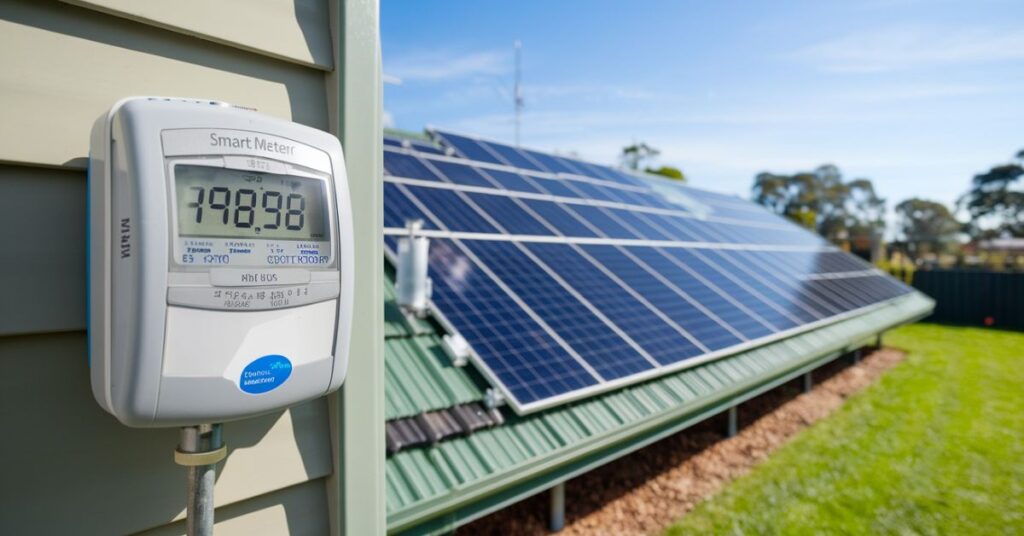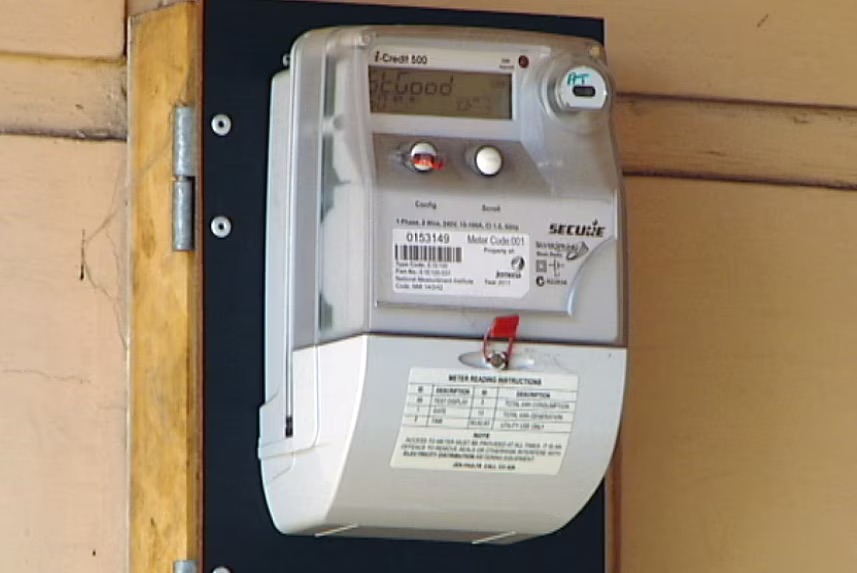Introduction:
From 1 July 2025, Power and Water Corporation has updated its process for connecting small-scale solar systems to the grid in the Northern Territory. The new Basic Connection pathway applies to most residential and small commercial solar installations under 30kVA per phase and is designed to reduce delays and simplify approvals.
For property owners in Darwin and across the NT, this means faster turnaround times for grid connection—provided systems meet the new eligibility criteria. This article outlines what’s changed, how it affects new solar installations, and what to consider before starting your project.

Table of contents:
- The new process in a nutshell
- The old way versus the new way
- Property Owners Now Manage Their Own Metering
- Moving Away from a Complicated, Inefficient System
- Conclusion
The new process in a nutshell
Faster Solar Approvals
As of 1 July 2025, Power and Water’s new Basic Connection process allows quicker grid approvals for most small-scale solar systems.
Eligibility Criteria
Applies to systems up to 30kVA per phase that meet all technical standards and include required export limiters (e.g. 5kW for single-phase homes).
Simplified Process for NT Installations
Designed to streamline solar connections across Darwin and the Northern Territory, reducing paperwork and delays for residential and small commercial installs.
Jacana may charge fees
Your energy retailer may charge fees directly to the customer dependant on what works are required for your meter type. We used to include this in our invoices, but now they are omitted and discounted.

The Old Way
Before this update, the process for upgrading a meter after a solar installation was far more complicated and less transparent.
Under the old system, the solar installer was responsible for lodging the metering request on behalf of the property owner. This included:
Charging the customer an application fee
Filing paperwork with Power and Water
Power and Water would then coordinate with the energy retailer
Finally, Power and Water would arrange the meter upgrade through the installer
This system involved multiple layers of communication, unclear responsibilities, and often delays. It also made it harder for customers to track where their request was up to or who was handling it.
The new process—where property owners deal directly with their energy retailer—is intended to reduce this complexity and give customers more direct control.
The New Way
As part of the updated Basic Connection process, property owners are now responsible for contacting their energy retailer to arrange a solar-compatible meter upgrade.
Once your solar system is installed and commissioned, you’ll need to reach out to your electricity retailer to request the meter changeover. This step is necessary to enable solar export to the grid and to start receiving feed-in tariff credits.
Each retailer has its own process—most offer online forms or a dedicated phone line. Be sure to check with your provider (such as Jacana Energy or Rimfire Energy) shortly after installation to avoid delays in activating your solar benefits.
⚠️ Jacana will most likely charge a fee of $300 – $750 at their discretion
Property Owners Now Manage Their Own Metering
Under the updated Basic Connection process, the responsibility for organising the solar meter upgrade now lies with the property owner—not the installer. Once your solar system is installed and commissioned, it’s up to you to contact your electricity retailer to request the necessary meter change. This is essential to activate solar export and receive any available feed-in tariff credits.
While this might seem like an extra step, it actually provides more control and transparency. You’ll be dealing directly with your energy provider (e.g. Jacana Energy or Rimfire Energy), which can help avoid delays and confusion around scheduling and fees. Most retailers have clear online forms or customer service lines to make the process straightforward.
Moving Away from a Complicated, Inefficient System
The previous metering process was handled by solar installers, who would charge the customer an application fee, lodge paperwork with Power and Water, and then wait for Power and Water to coordinate with the retailer. This back-and-forth would continue until the meter upgrade was eventually scheduled—often resulting in confusing timelines and long delays for both installers and property owners.
By simplifying the chain of responsibility, the new process removes unnecessary middle steps. Property owners now work directly with their energy retailer, while Power and Water focuses on overseeing the connection and compliance process. This shift is designed to make solar more accessible, reduce bottlenecks, and ensure that installations across Darwin and the NT can move forward with fewer delays.
Conclusion
The changes to Power and Water’s Basic Connection process mark a positive shift for solar installations in the Northern Territory. With faster approvals, clearer responsibilities, and a simplified pathway to grid connection, it’s now easier for property owners to bring solar online—especially in Darwin and surrounding regions.
If you’re planning a solar system, it’s important to understand the new steps, particularly your role in organising the meter upgrade through your electricity retailer. Being informed means fewer delays and a smoother transition to clean, cost-saving energy.
